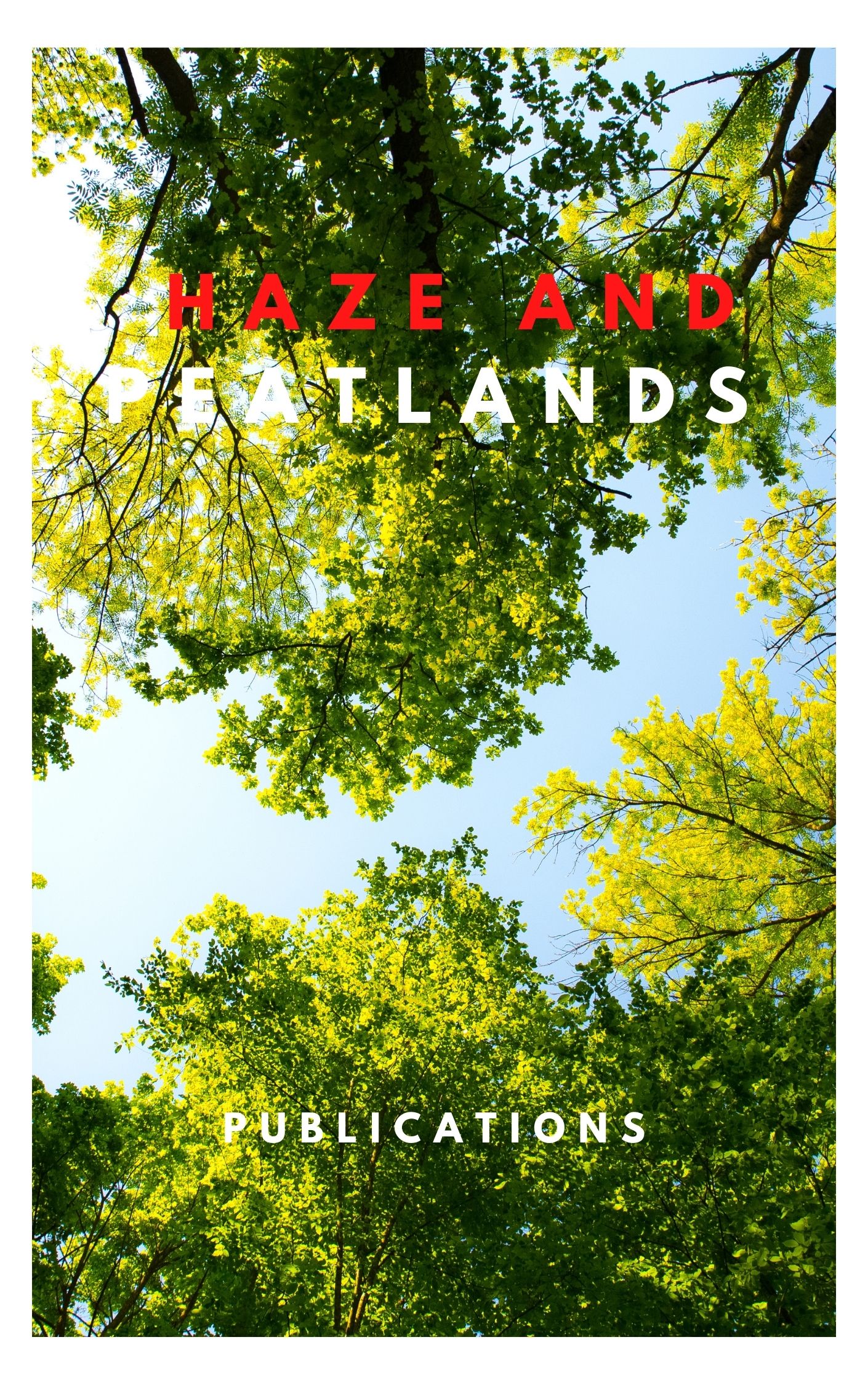Distribution of PM0.1, PM1 and PM2.5 particle- and gas-polycyclic aromatic hydrocarbons (PAHs) during the 2019 normal, partial and strong haze periods at a background location in southern Thailand were investigated to understand the behaviors and carcinogenic risks. PM1 was the predominant component, during partial and strong haze periods, accounting for 45.1% and 52.9% of total suspended particulate matter, respectively, while during normal period the contribution was only 34.0%. PM0.1 concentrations, during the strong haze period, were approximately 2 times higher than those during the normal period. Substantially increased levels of particle-PAHs for PM0.1, PM1 and PM2.5 were observed during strong haze period, about 3, 5 and 6 times higher than those during normal period. Gas-PAH concentrations were 10 to 36 times higher than those of particle-PAHs for PM2.5. Average total Benzo[a]Pyrene Toxic Equivalency Quotients (BaP-TEQ) in PM0.1, PM1 and PM2.5 during haze periods were about 2–6 times higher than in the normal period. The total accumulated Incremental Lifetime Cancer Risks (ILCRs) in PM0.1, PM1 and PM2.5 for all the age-specific groups during the haze effected scenario were approximately 1.5 times higher than those in non-haze scenario, indicating a higher potential carcinogenic risk. These observations suggest PM0.1, PM1 and PM2.5 were the significant sources of carcinogenic aerosols and were significantly affected by transboundary haze from peatland fires. This leads to an increase in the volume of smoke aerosol, exerting a significant impact on air quality in southern Thailand, as well as many other countries in lower southeast Asia.
View source

